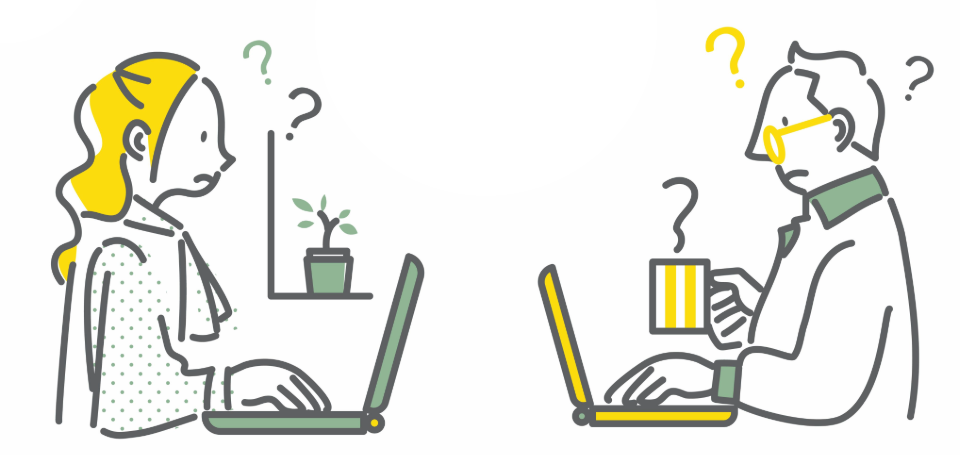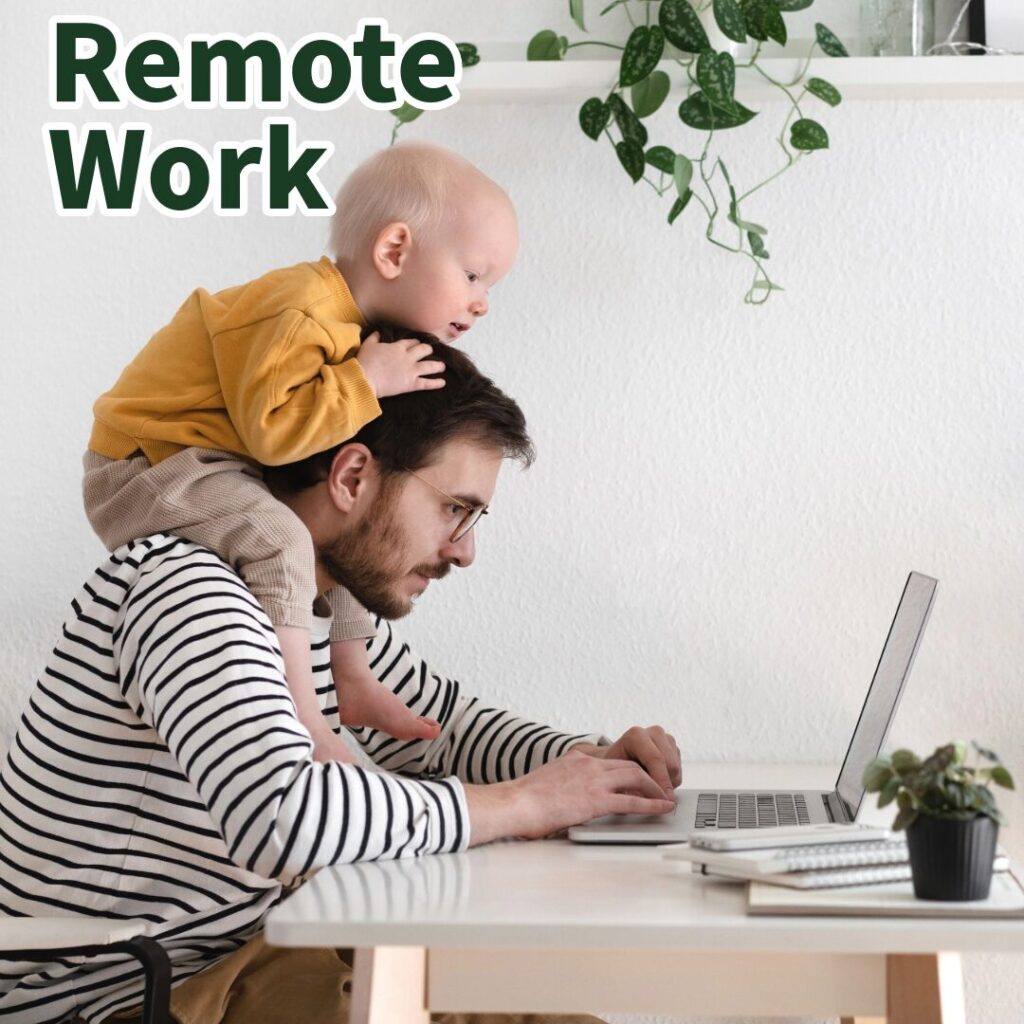
Rethinking Safety and Awareness in the Home Office

Triggered by the COVID-19 pandemic, remote work has become a common practice for many companies.
However, unlike the days when “the workplace = the office,” this new way of working from home calls for a fresh perspective on disaster preparedness.
In this article, let’s explore how to prepare—and shift our mindset—for potential disasters that may strike while working remotely.
In today’s remote work era, there’s a good chance you’ll be at home when a disaster strikes.
While this offers the convenience of staying in a familiar space, it also means you can’t rely on your company or workplace for emergency support like you once might have.
Personal preparedness at home is now essential.
When a natural disaster—such as an earthquake, hurricane, or power outage—hits during working hours at home, you could face several unexpected challenges:

Being prepared doesn’t just mean having a go-bag—it means rethinking your home office as both a workplace and a safe haven.
Start by assessing your space, your tools, and your communication plans.
Because when the unexpected happens, being ready can make all the difference.
1.Check the Safety of Your Work Area
2.Secure Communication and Power Sources
3.Review Your Emergency Supplies

When a disaster strikes during working hours, it’s crucial to have a plan for how and when to contact your company. Remote work makes this even more important.

✅ In a remote setting, staying connected—with both your workplace and loved ones—is part of being truly prepared.
Unlike being at the office, when working from home, your safety is in your own hands. Because you are working, it’s essential to be able to respond calmly to earthquakes or power outages. This means preparing not only for your work but also for your personal safety—covering both aspects of life and work.

The rise of remote work not only introduces a new way of working but also challenges us to rethink disaster preparedness.
Safety measures at home, securing communication and power sources, and coordinating with your family—these preparations will protect you and your loved ones when the time comes.
From a “workable home” to a “safe-to-work home.”
Why not start today?

Start preparing today—your safety depends on it.